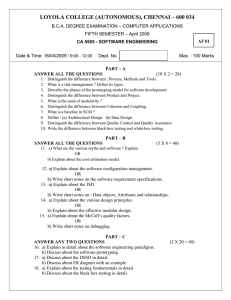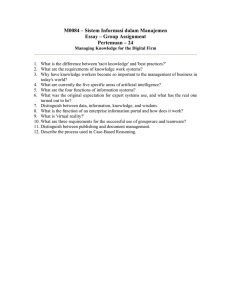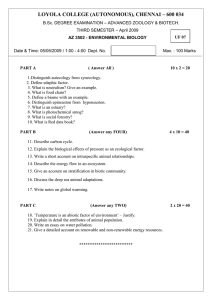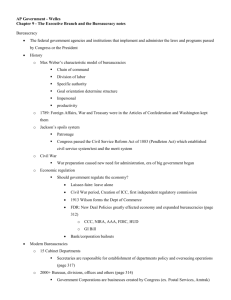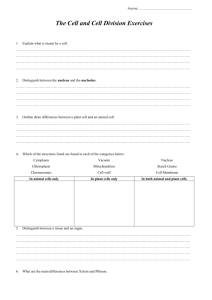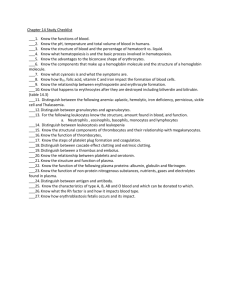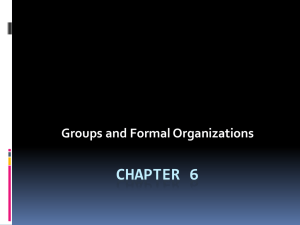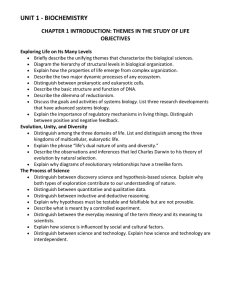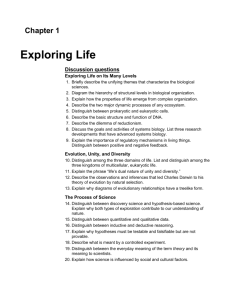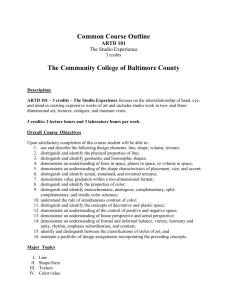Sociology in Our Times (7th Edition)
advertisement
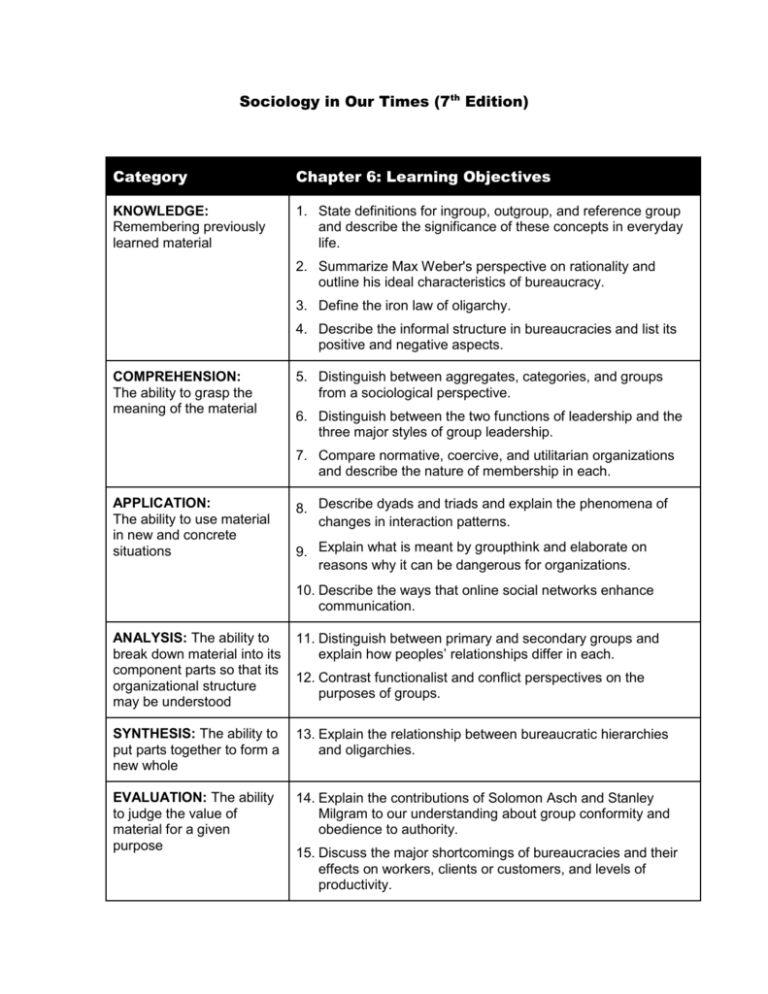
Sociology in Our Times (7th Edition) Category Chapter 6: Learning Objectives KNOWLEDGE: Remembering previously learned material 1. State definitions for ingroup, outgroup, and reference group and describe the significance of these concepts in everyday life. 2. Summarize Max Weber's perspective on rationality and outline his ideal characteristics of bureaucracy. 3. Define the iron law of oligarchy. 4. Describe the informal structure in bureaucracies and list its positive and negative aspects. COMPREHENSION: The ability to grasp the meaning of the material 5. Distinguish between aggregates, categories, and groups from a sociological perspective. 6. Distinguish between the two functions of leadership and the three major styles of group leadership. 7. Compare normative, coercive, and utilitarian organizations and describe the nature of membership in each. APPLICATION: The ability to use material in new and concrete situations 8. Describe dyads and triads and explain the phenomena of changes in interaction patterns. 9. Explain what is meant by groupthink and elaborate on reasons why it can be dangerous for organizations. 10. Describe the ways that online social networks enhance communication. ANALYSIS: The ability to break down material into its component parts so that its organizational structure may be understood 11. Distinguish between primary and secondary groups and explain how peoples’ relationships differ in each. SYNTHESIS: The ability to put parts together to form a new whole 13. Explain the relationship between bureaucratic hierarchies and oligarchies. EVALUATION: The ability to judge the value of material for a given purpose 14. Explain the contributions of Solomon Asch and Stanley Milgram to our understanding about group conformity and obedience to authority. 12. Contrast functionalist and conflict perspectives on the purposes of groups. 15. Discuss the major shortcomings of bureaucracies and their effects on workers, clients or customers, and levels of productivity. 16. Evaluate U.S. and Japanese models of organization.
